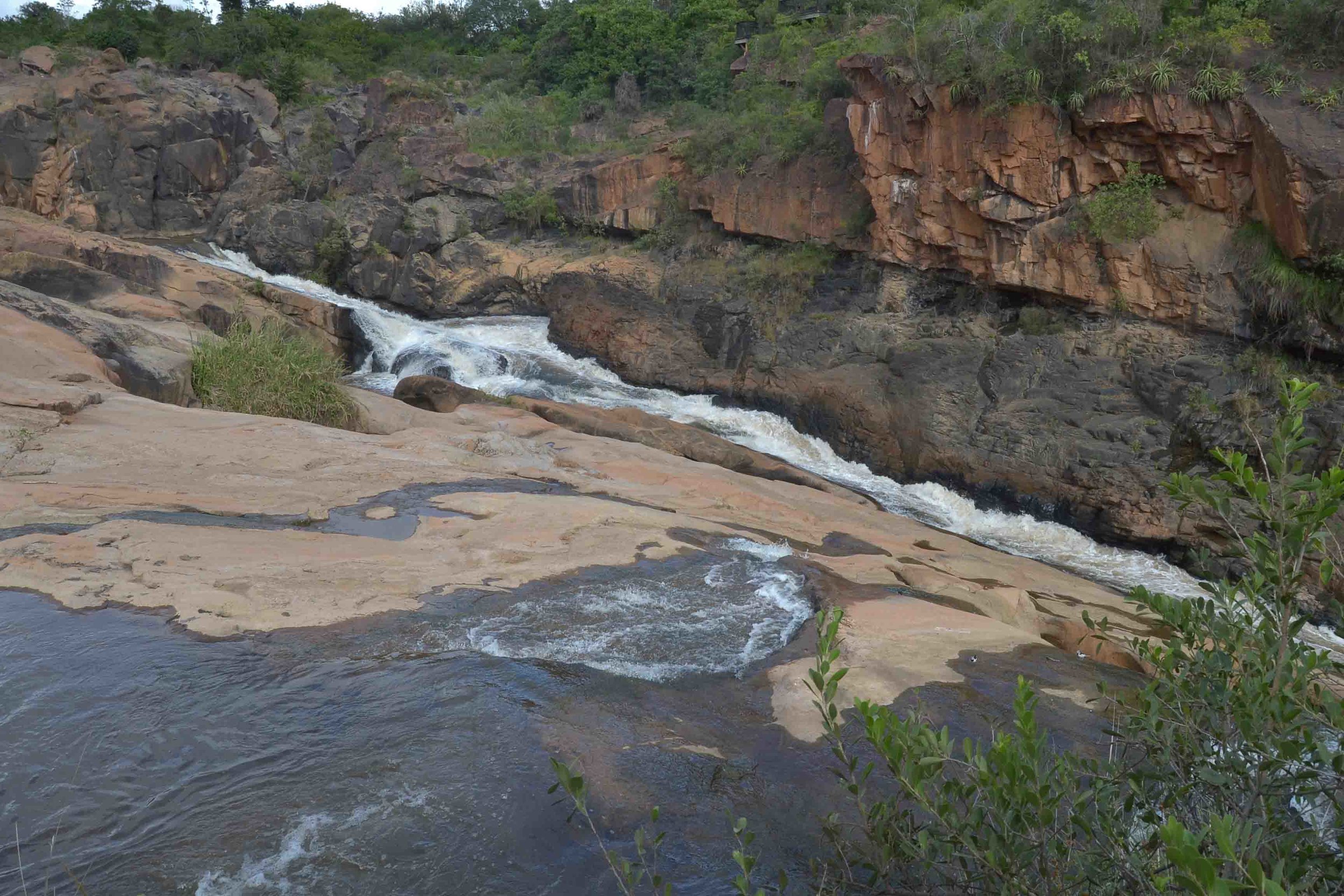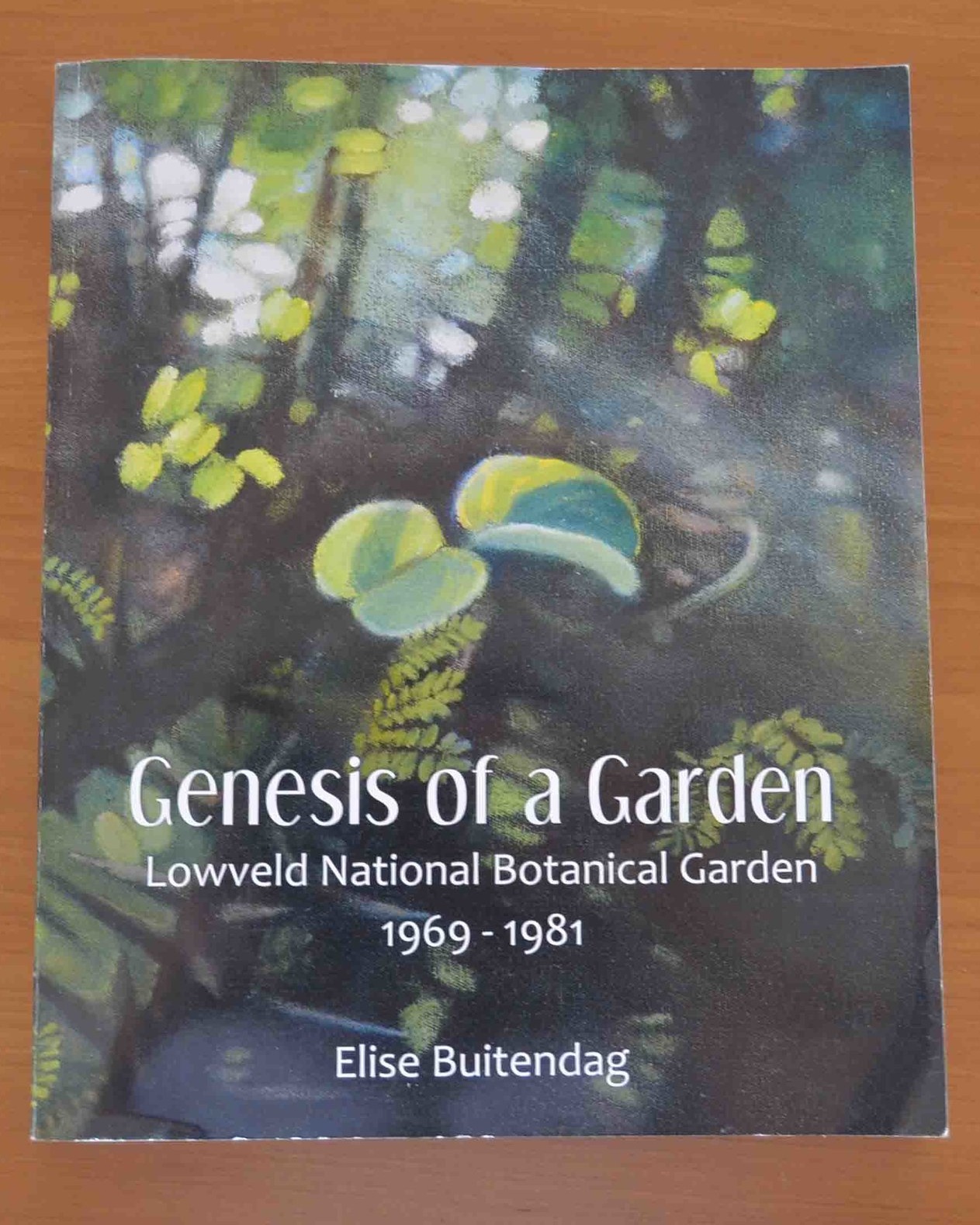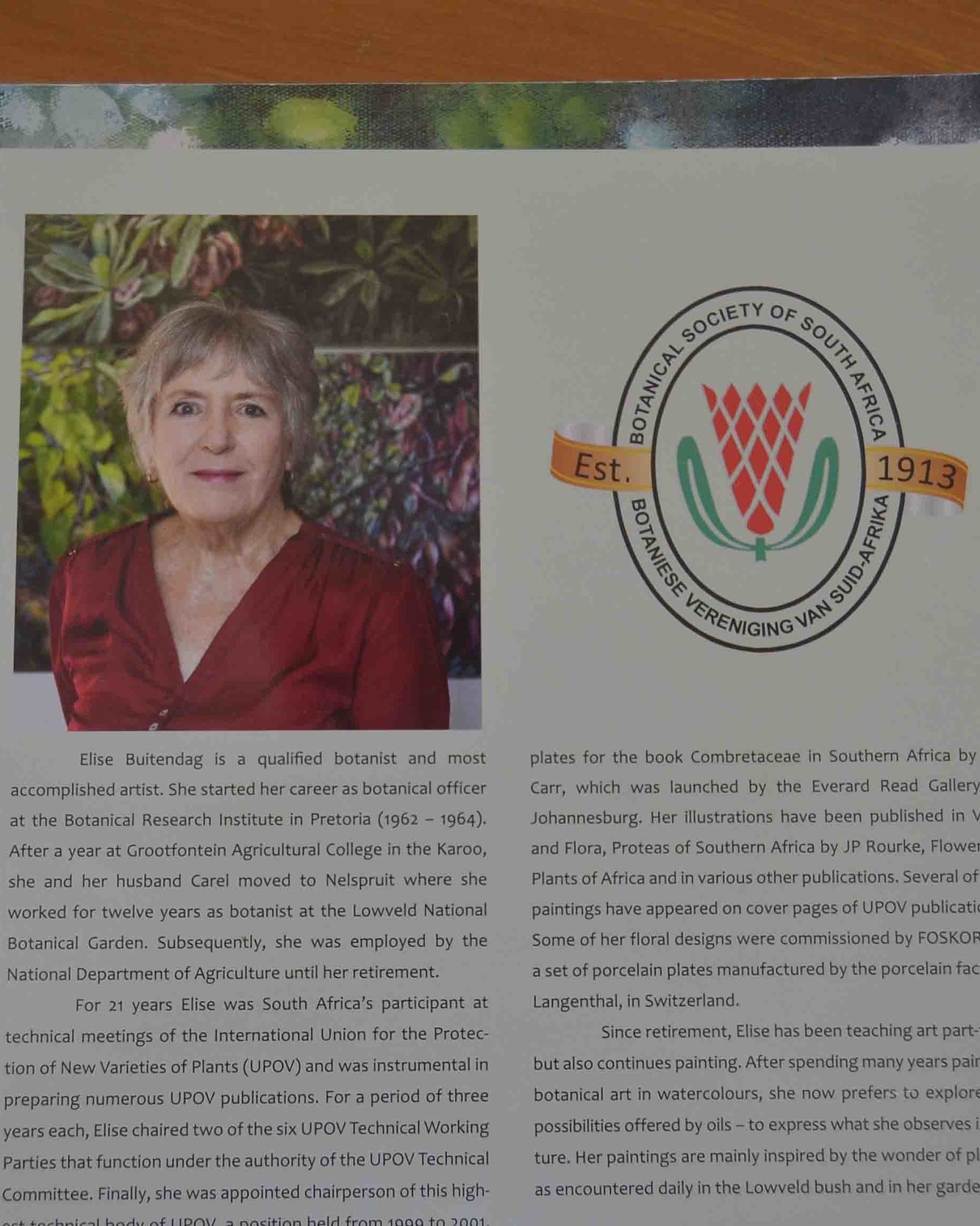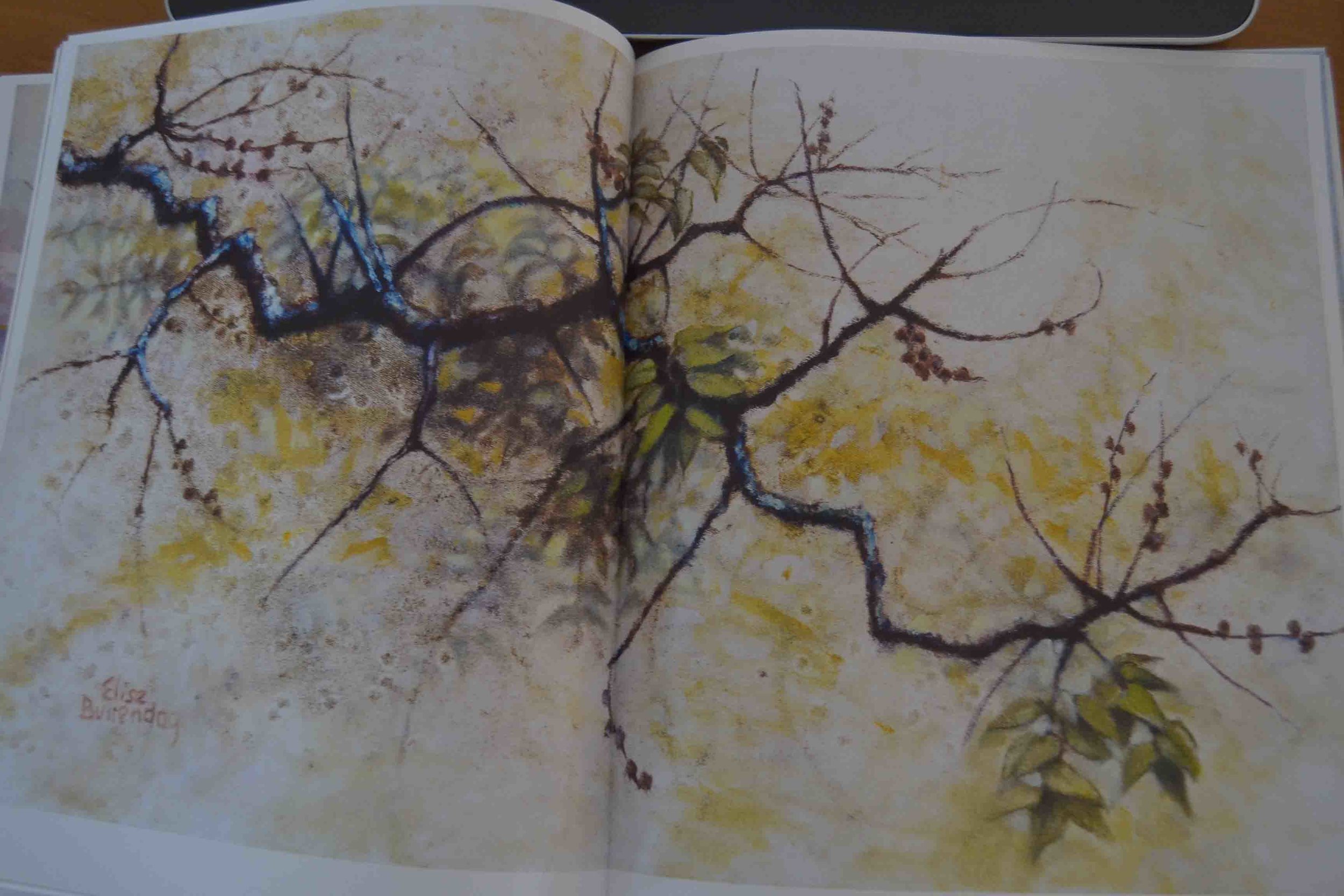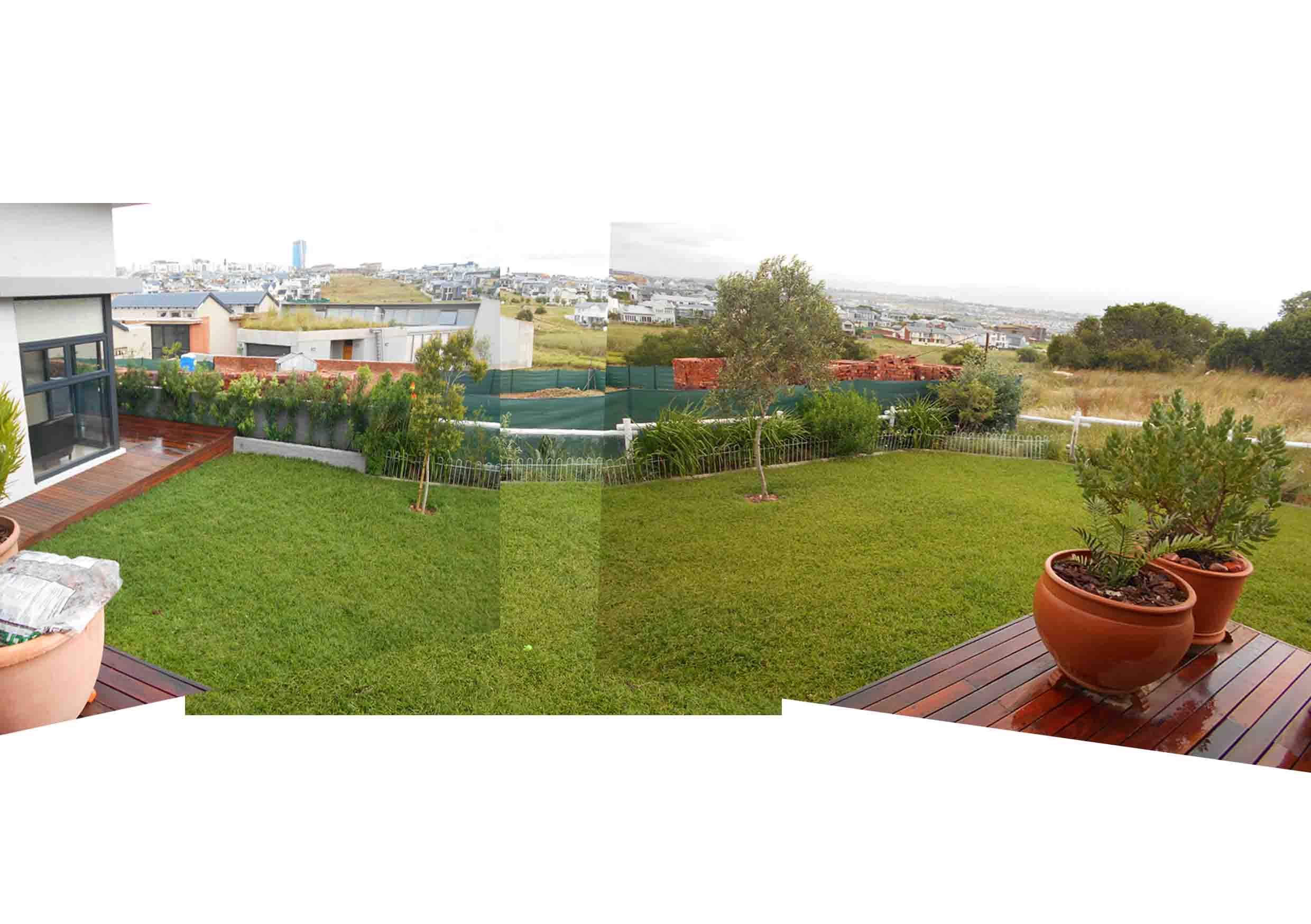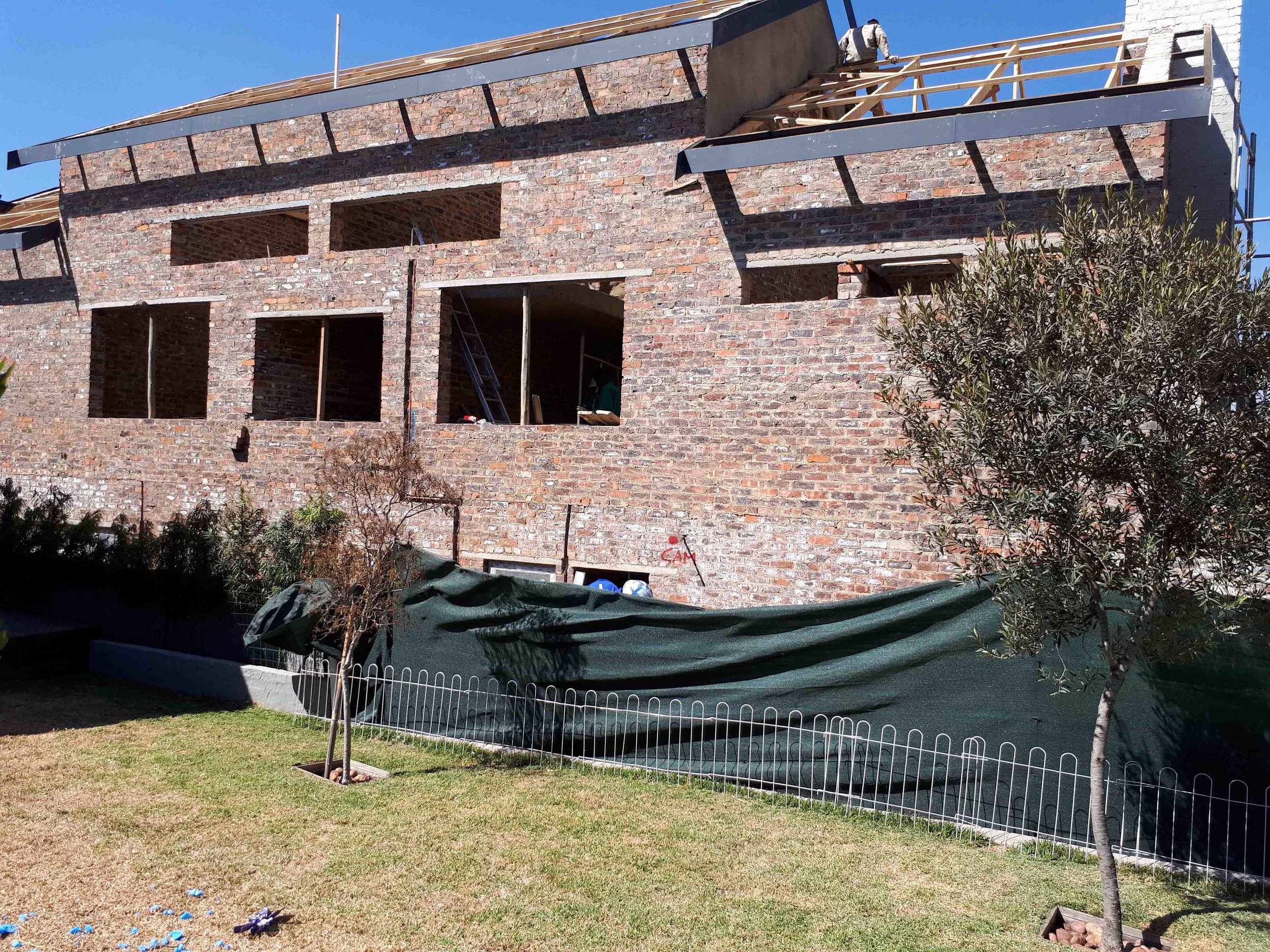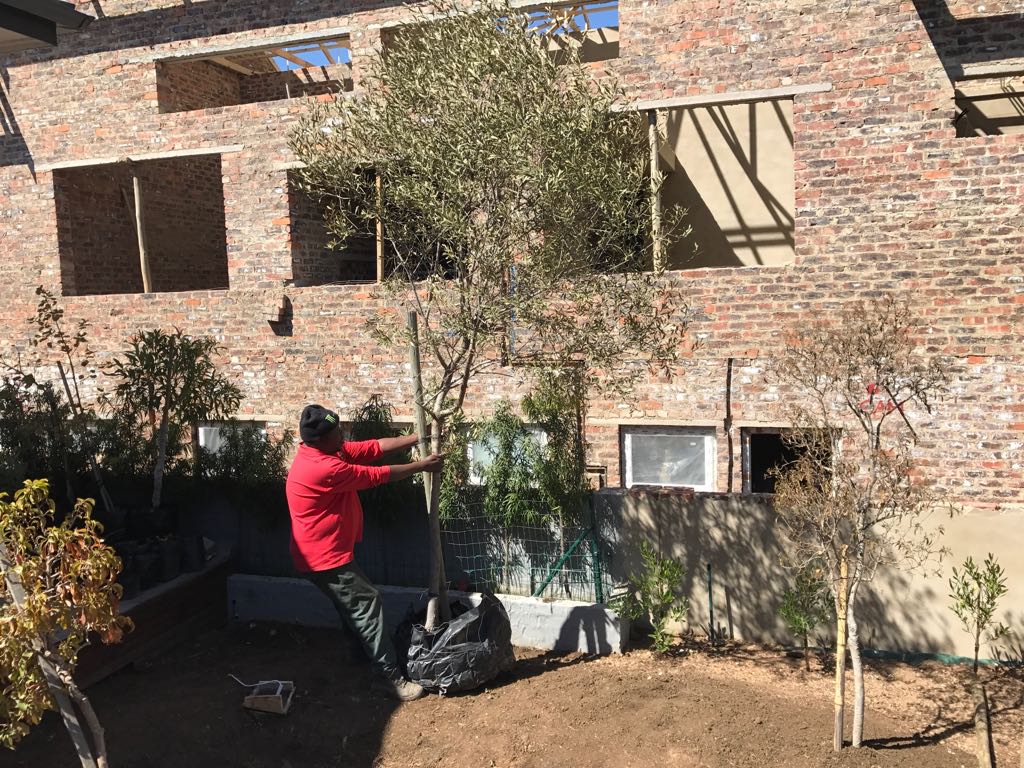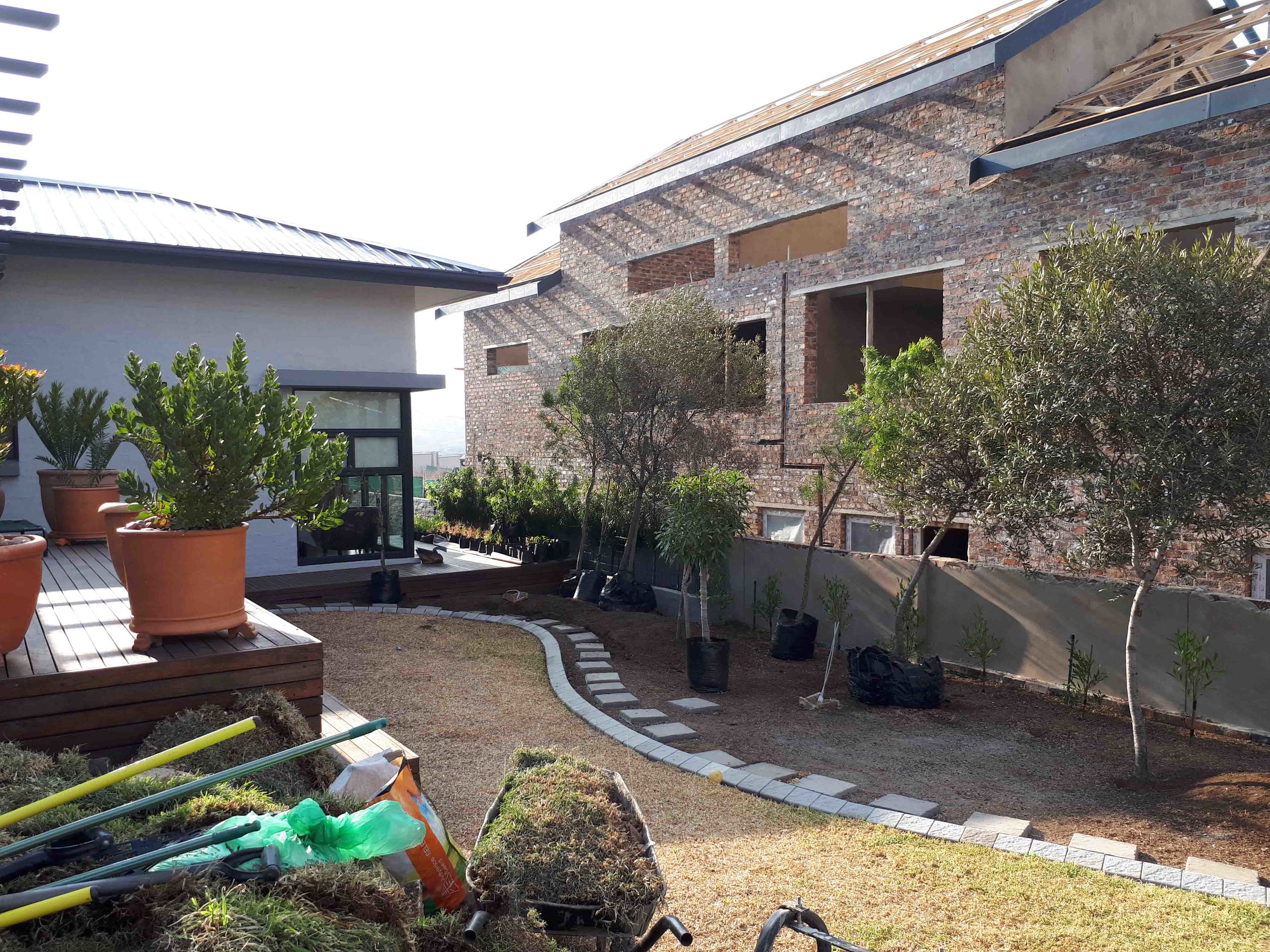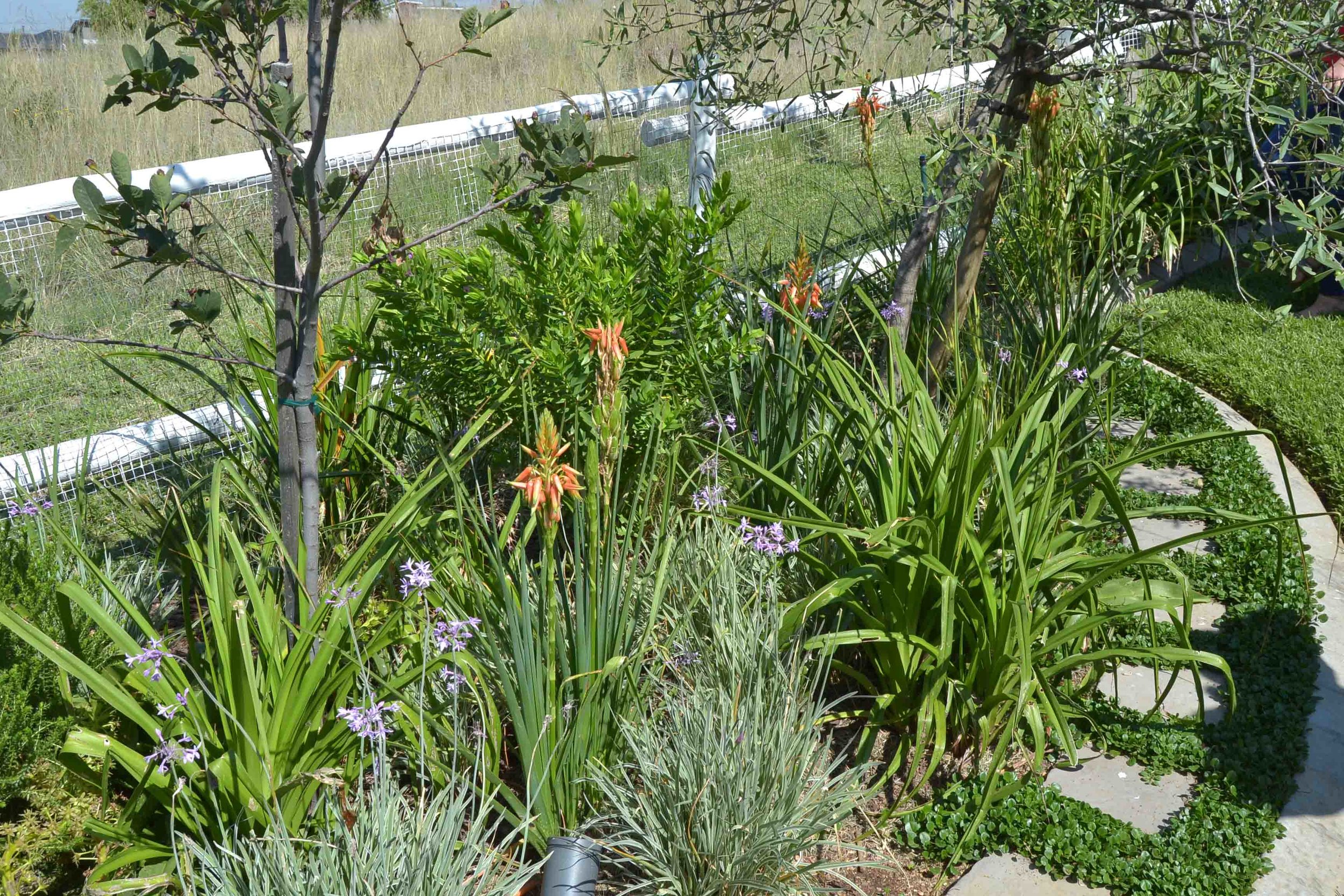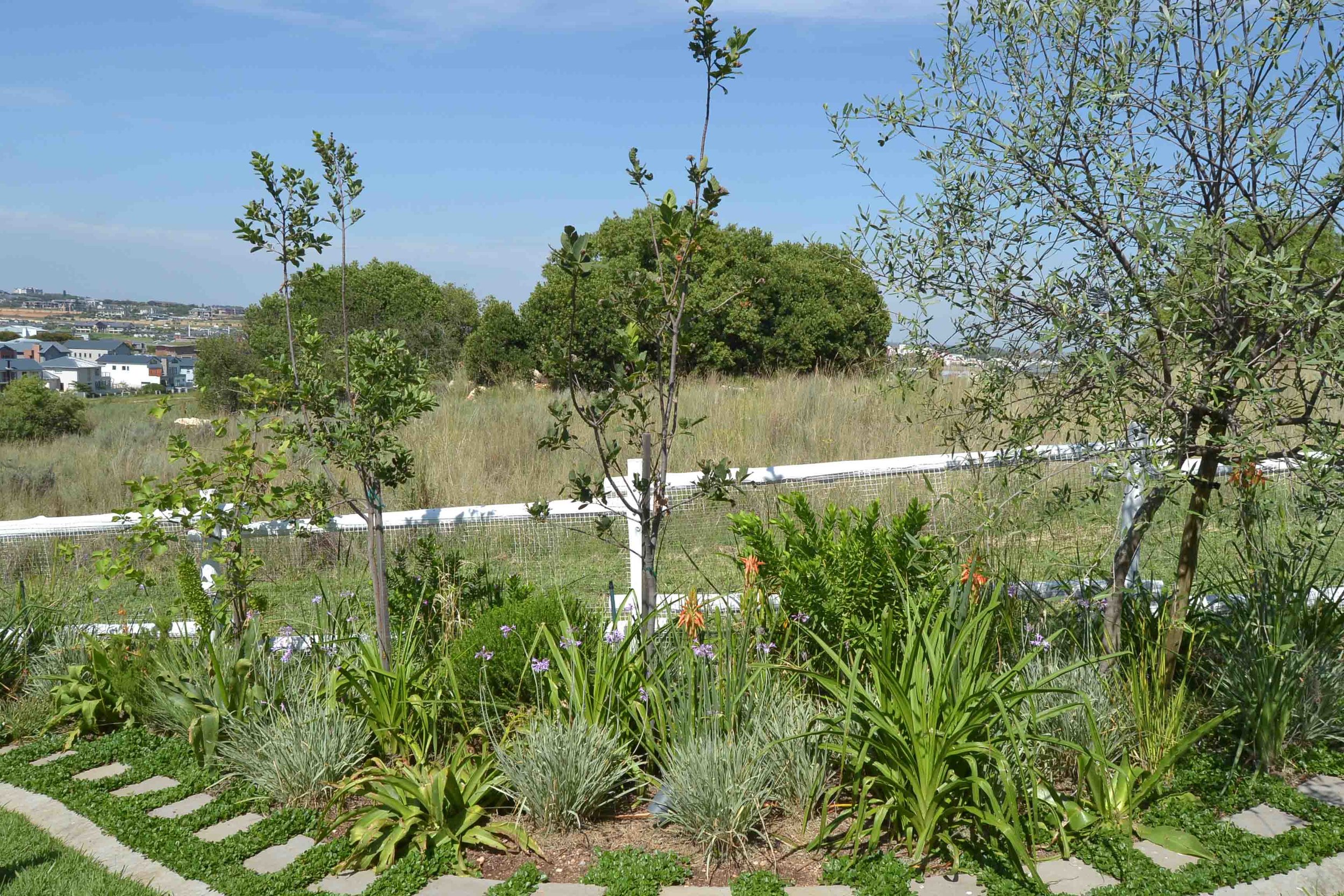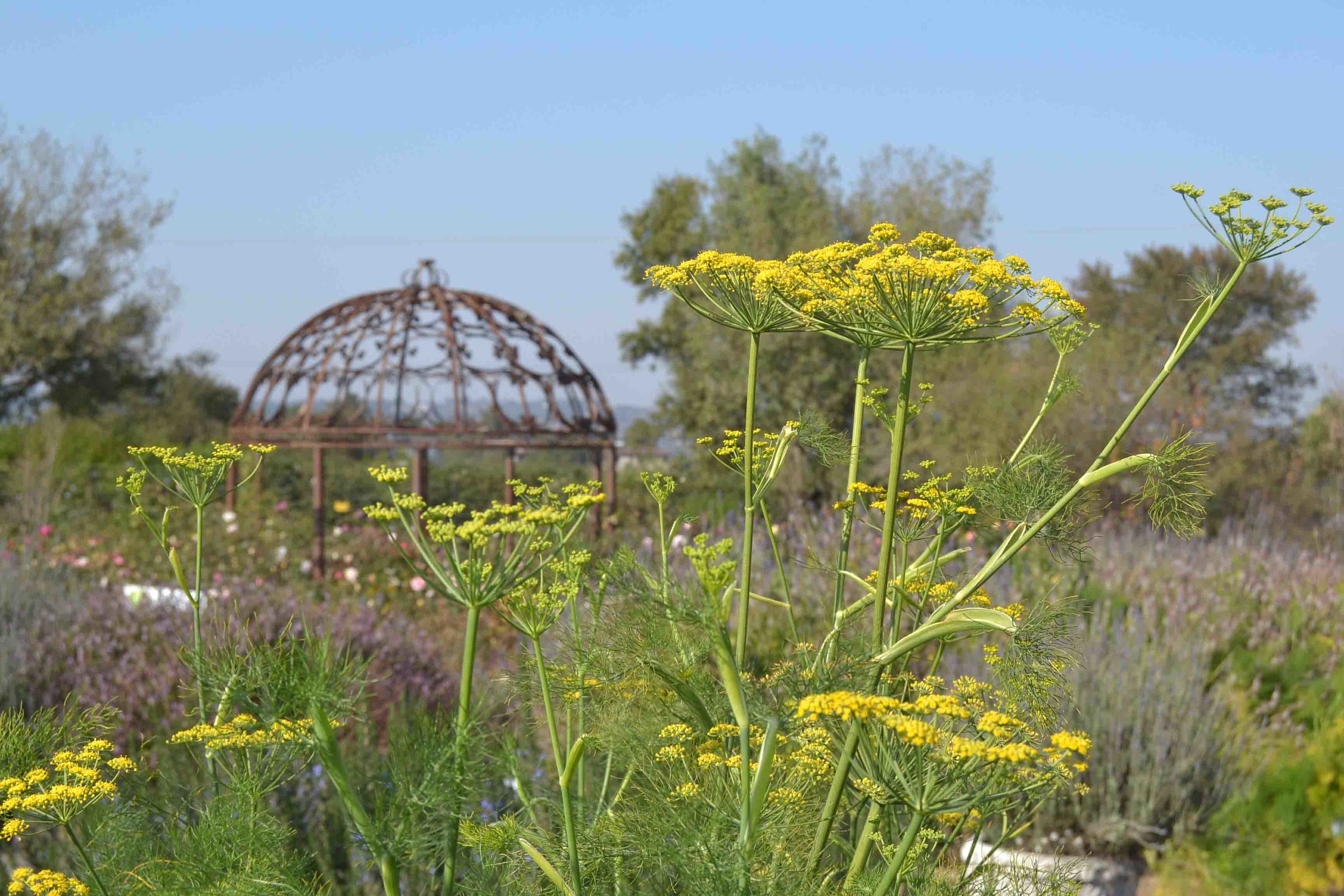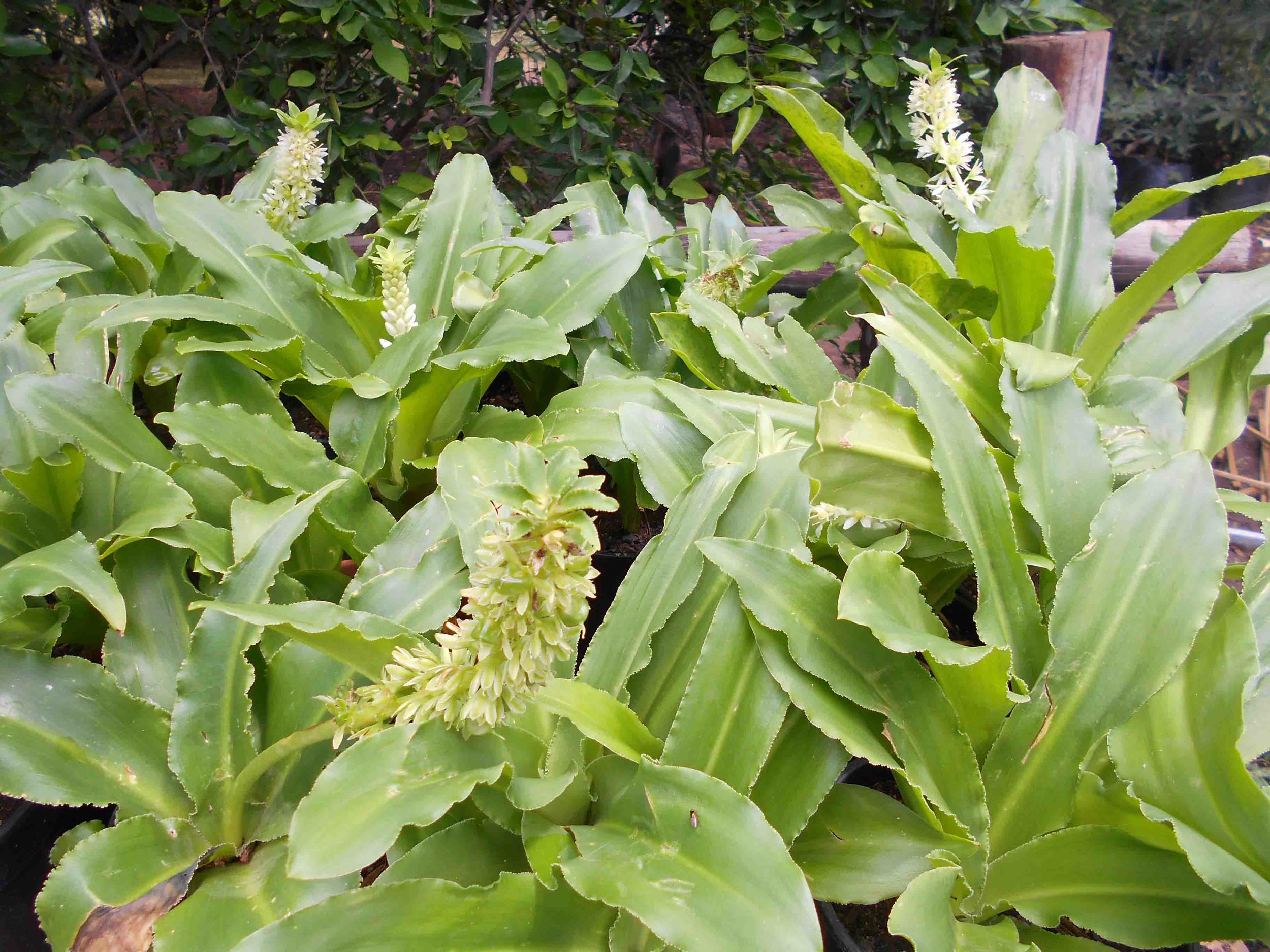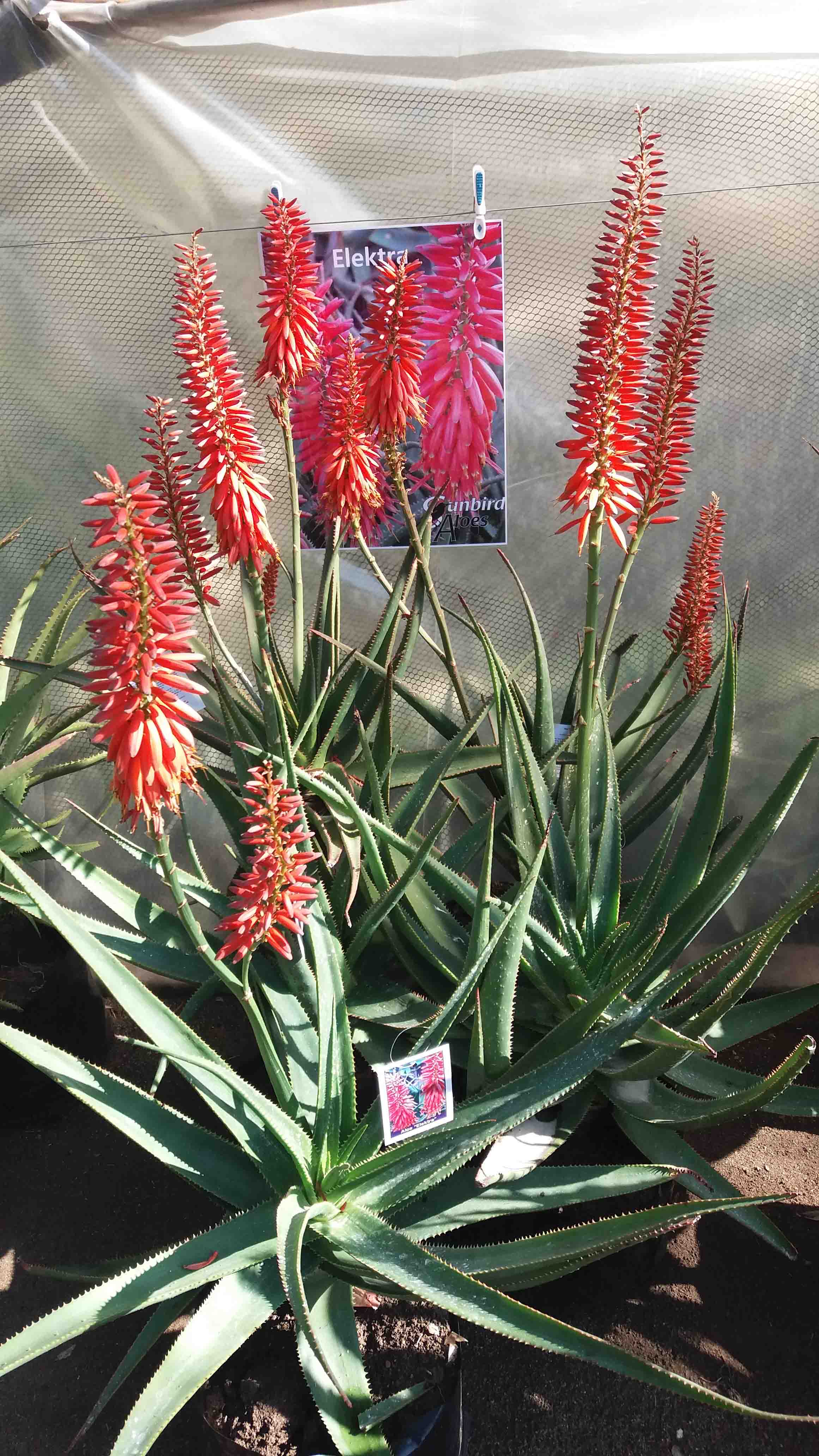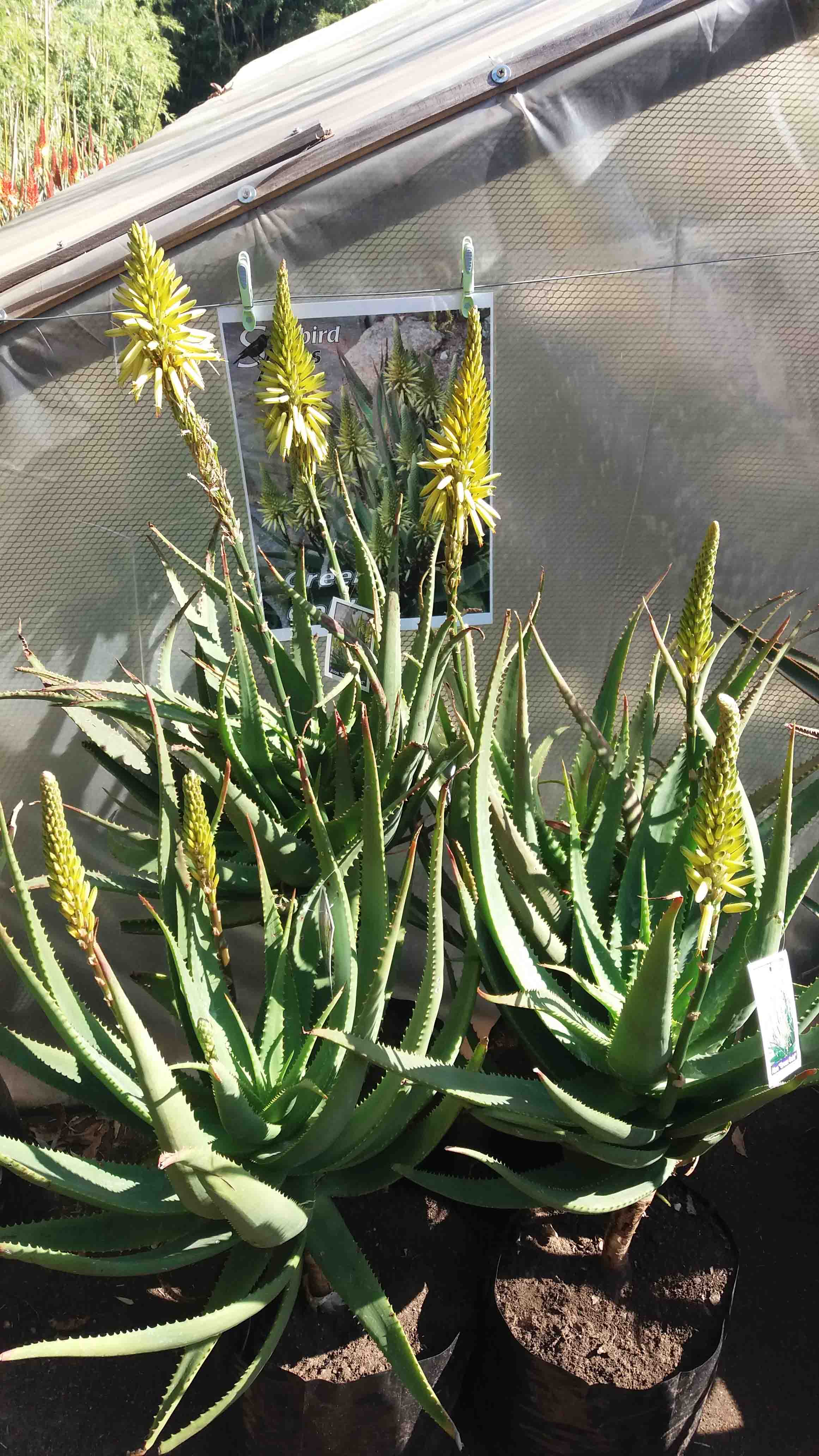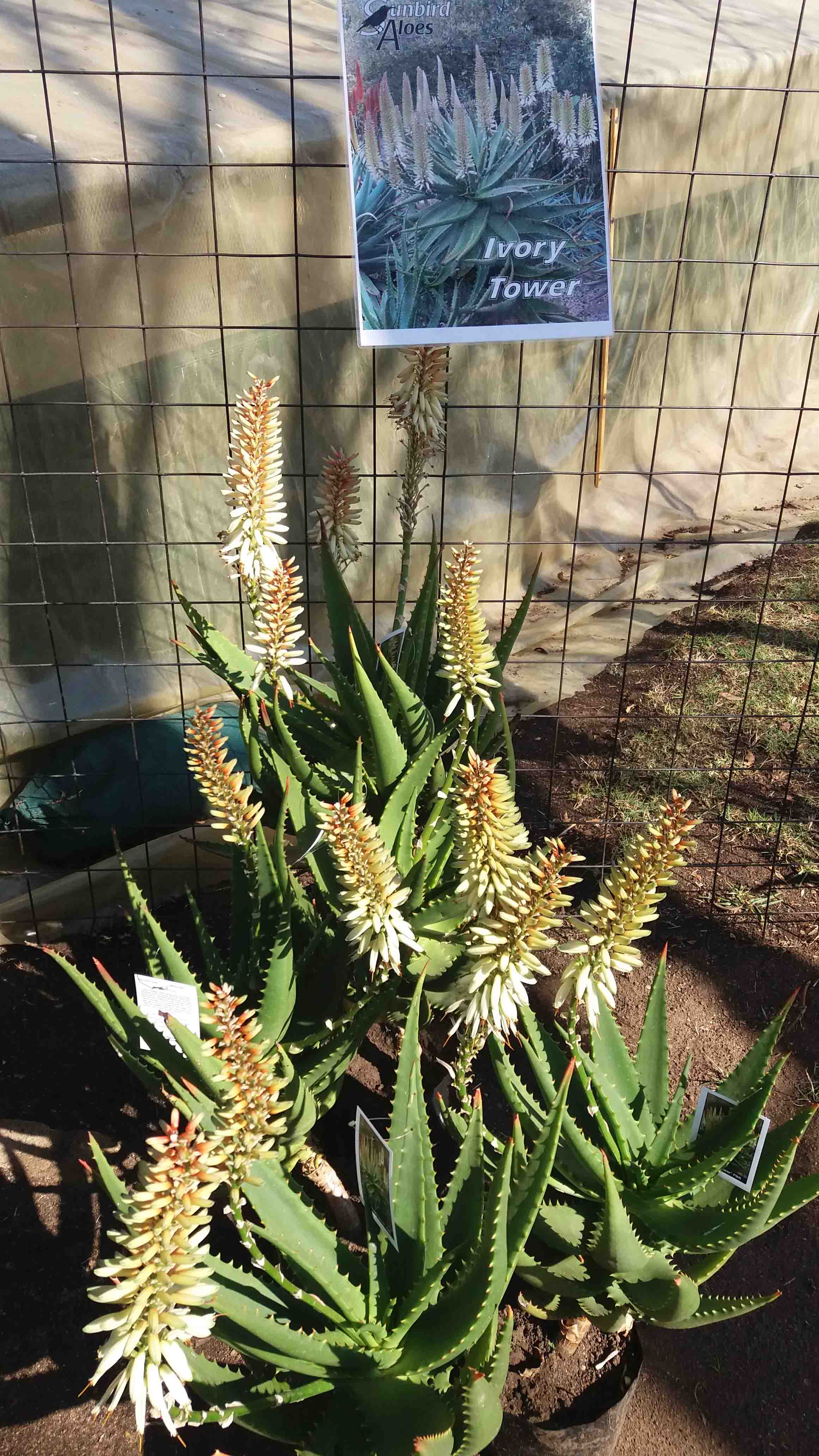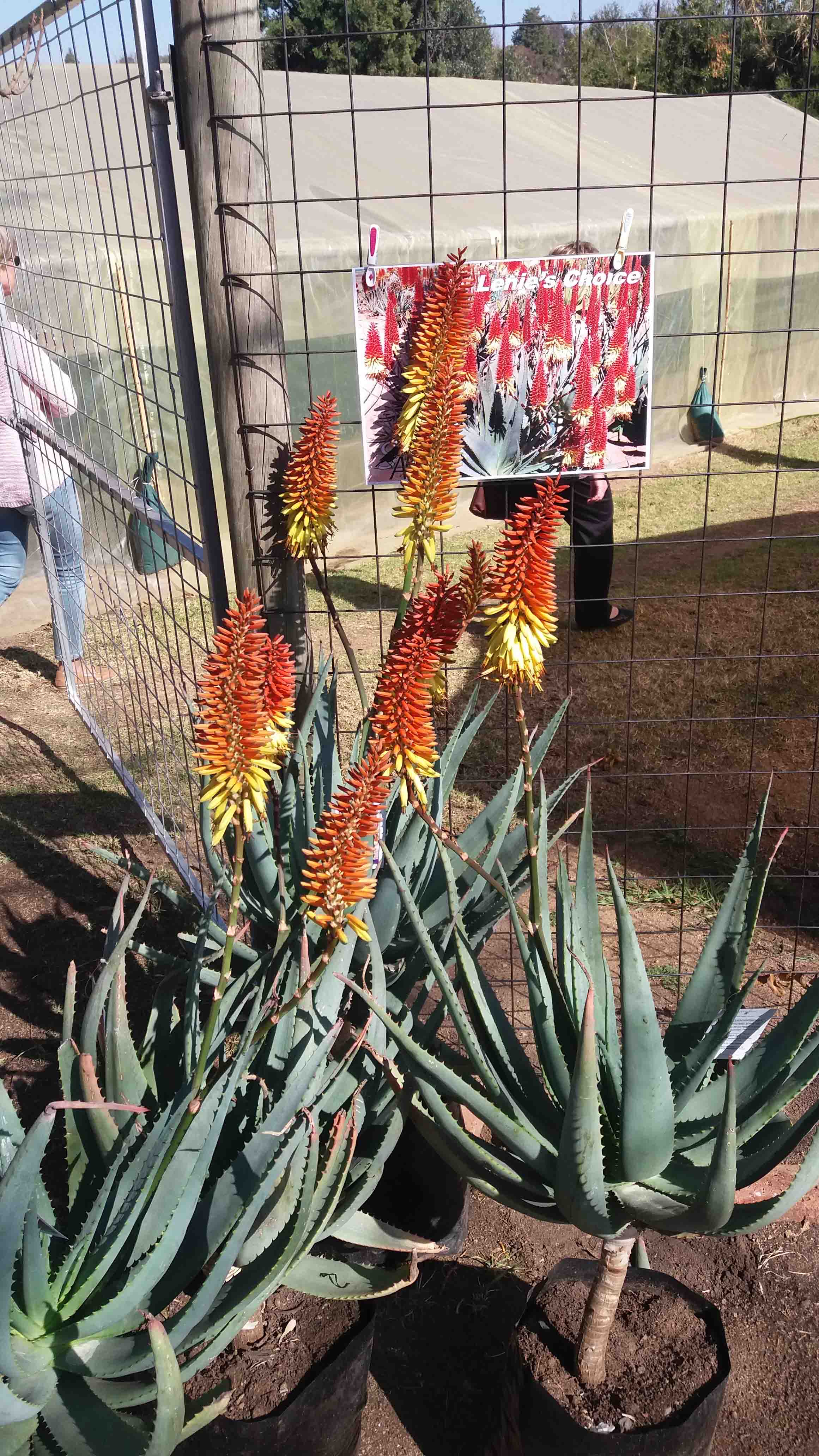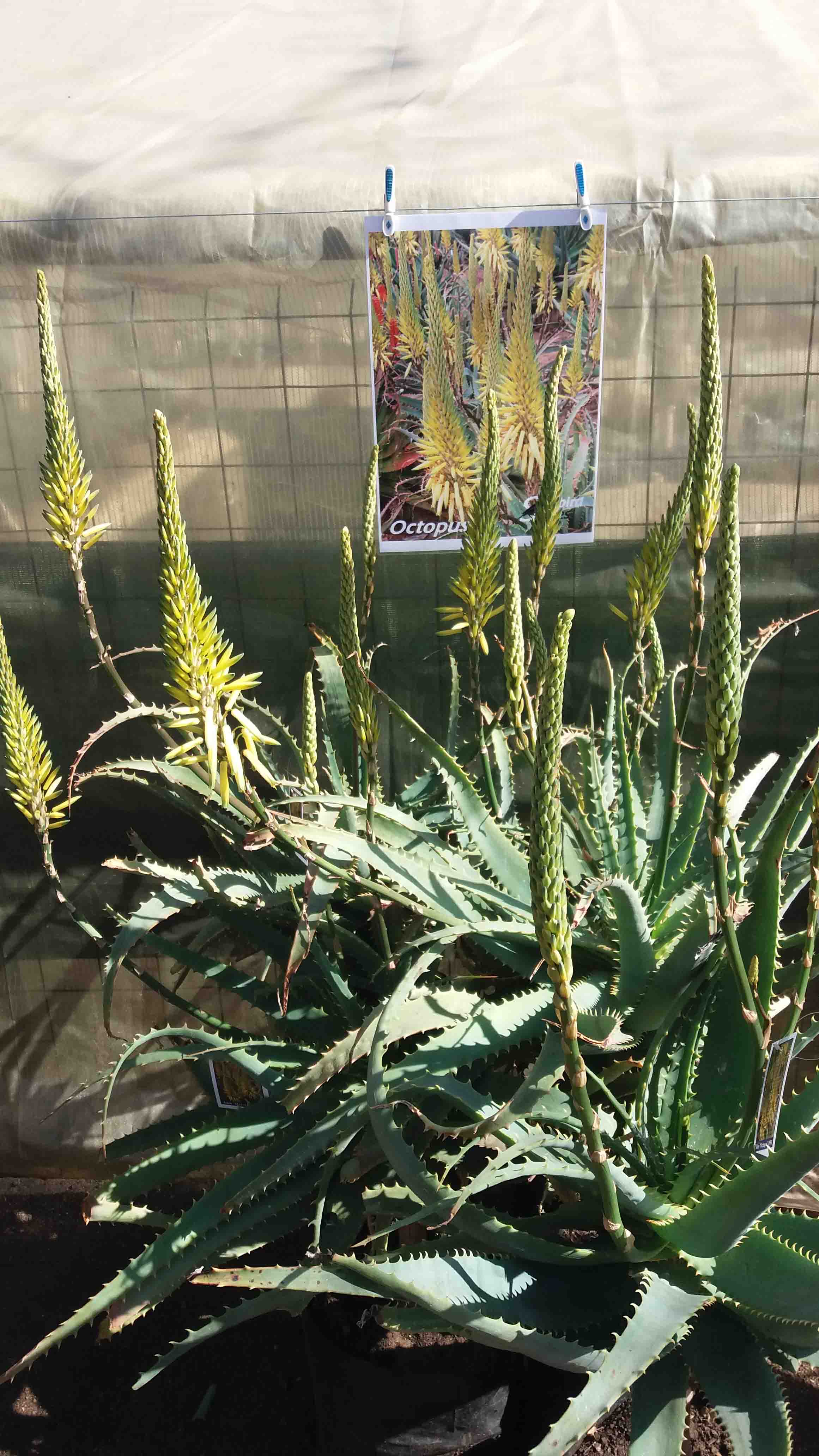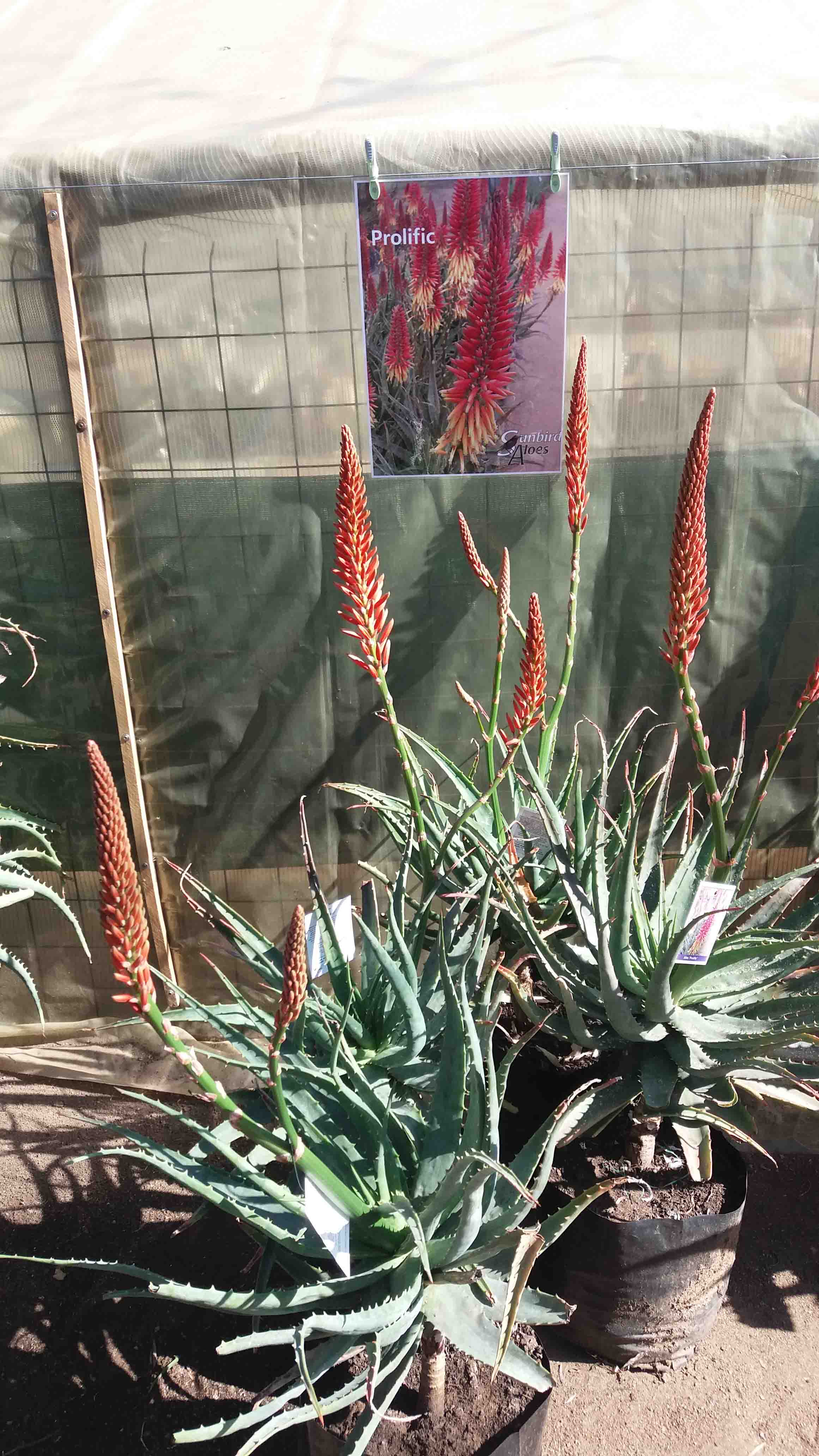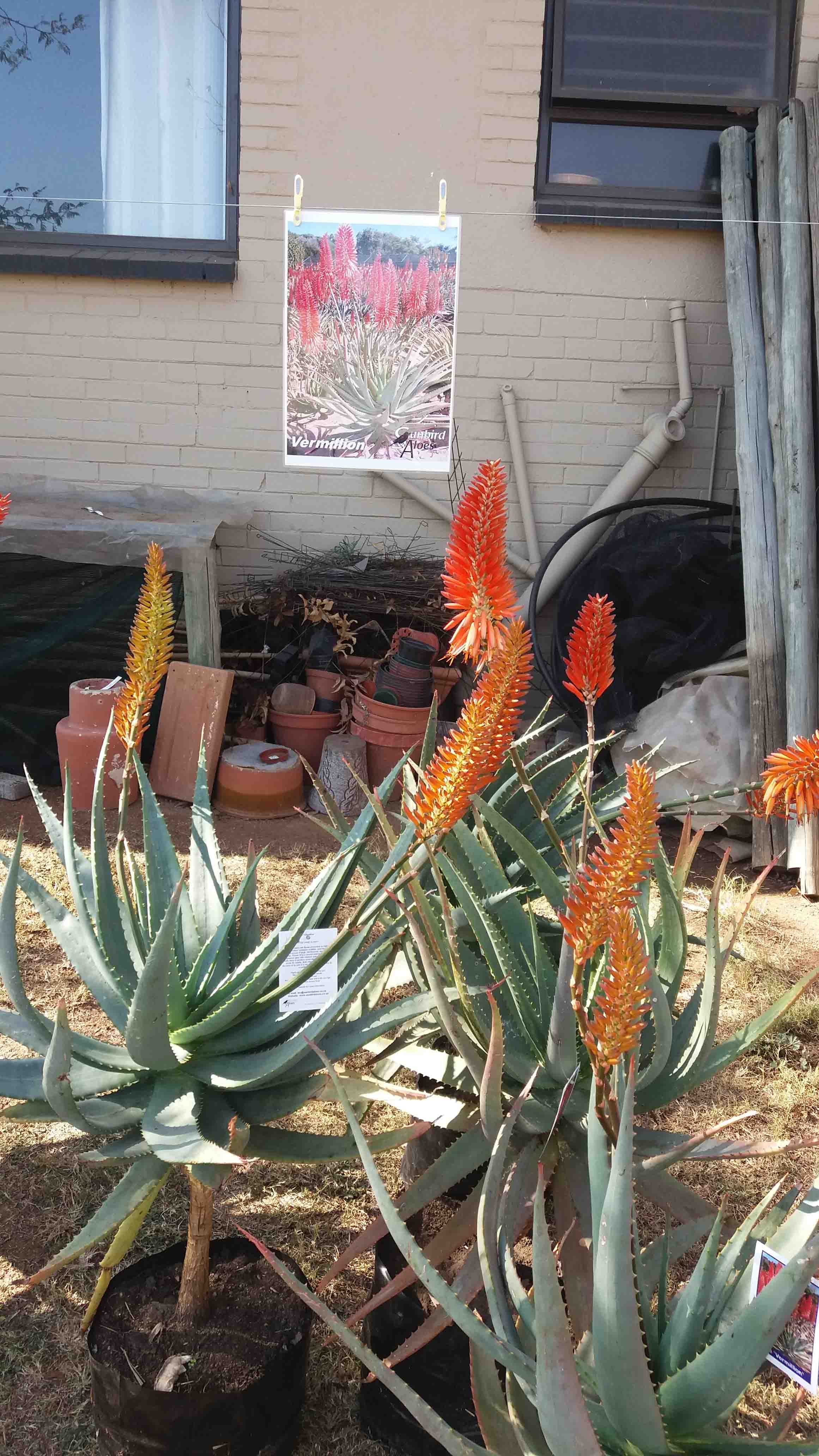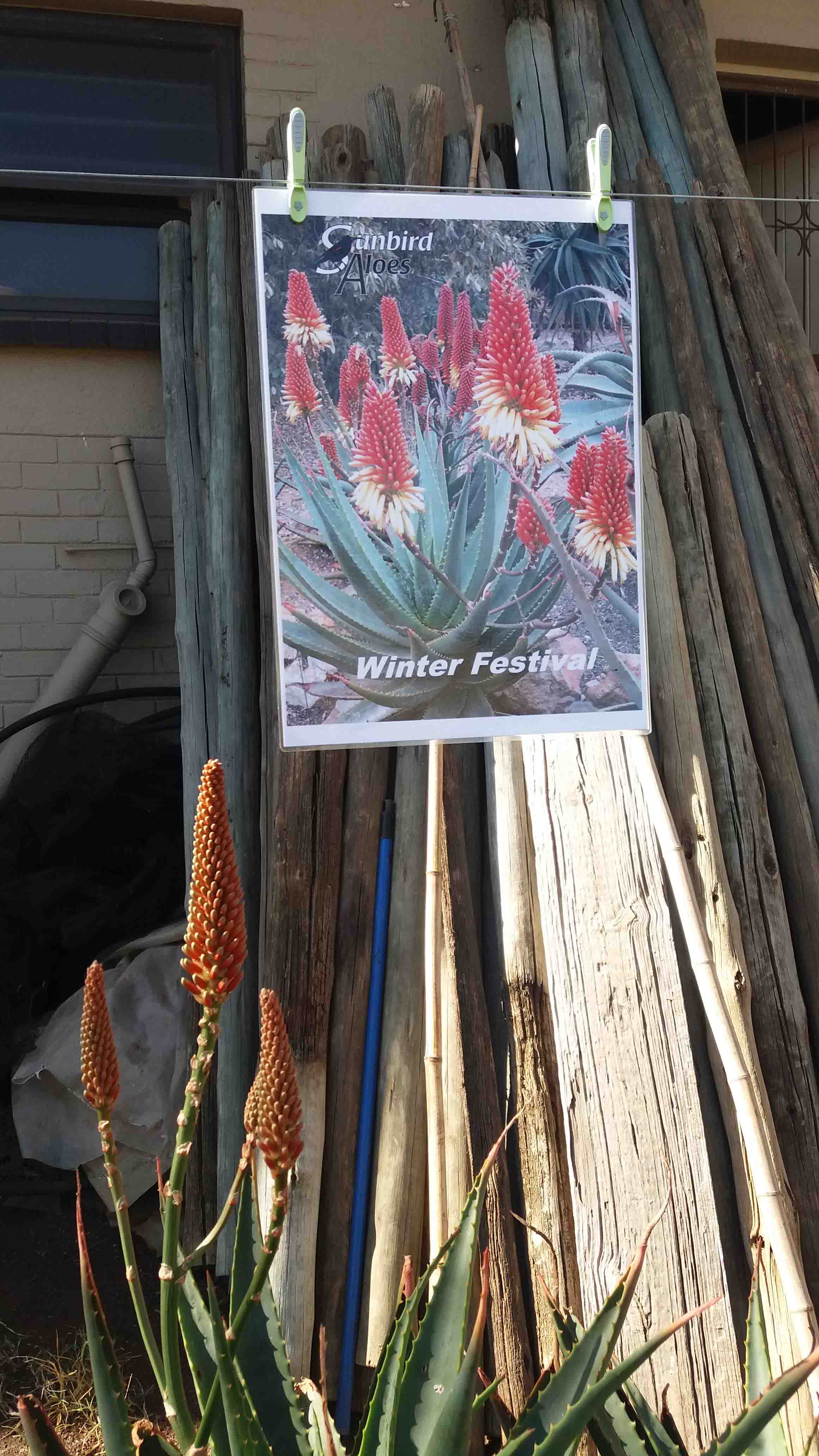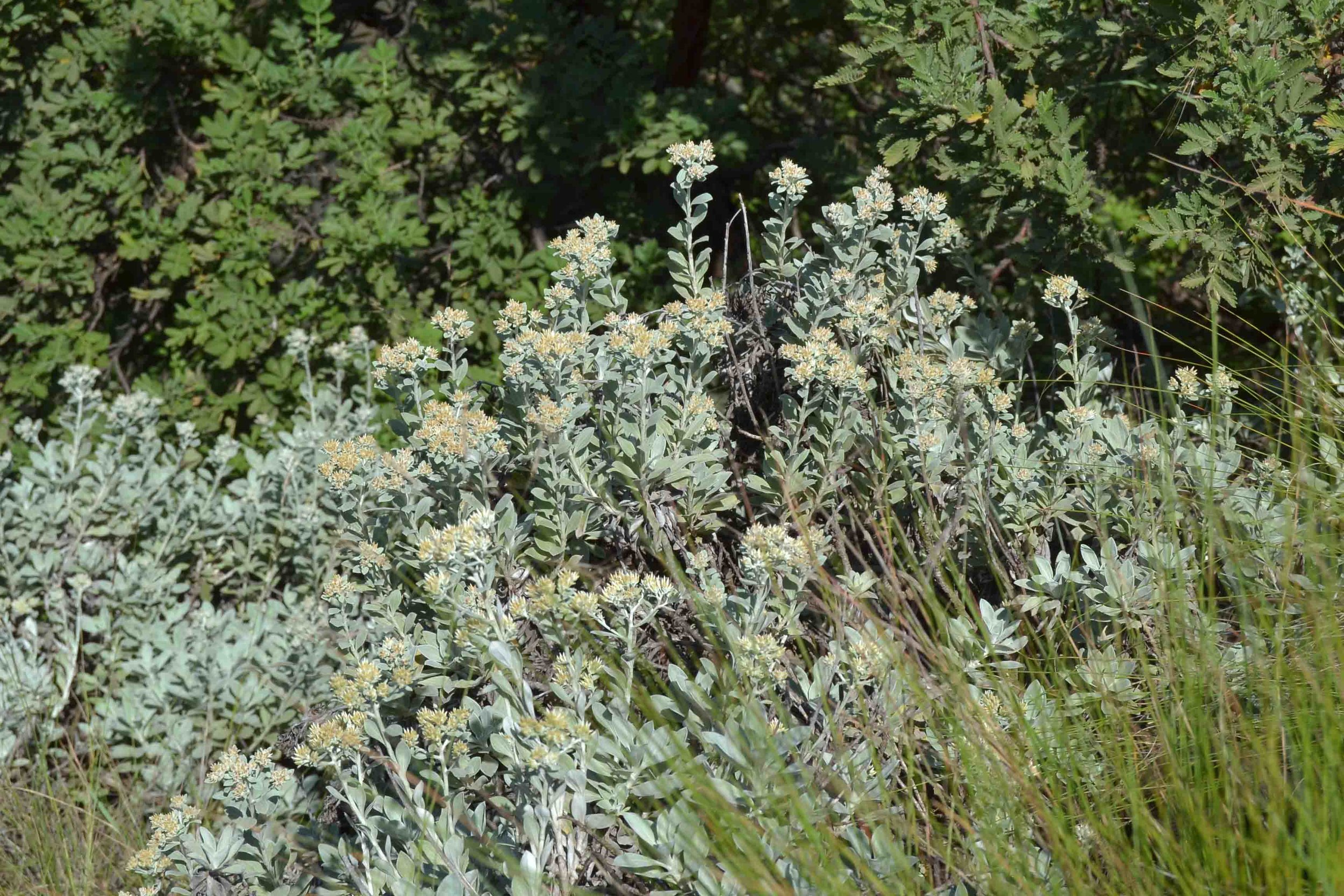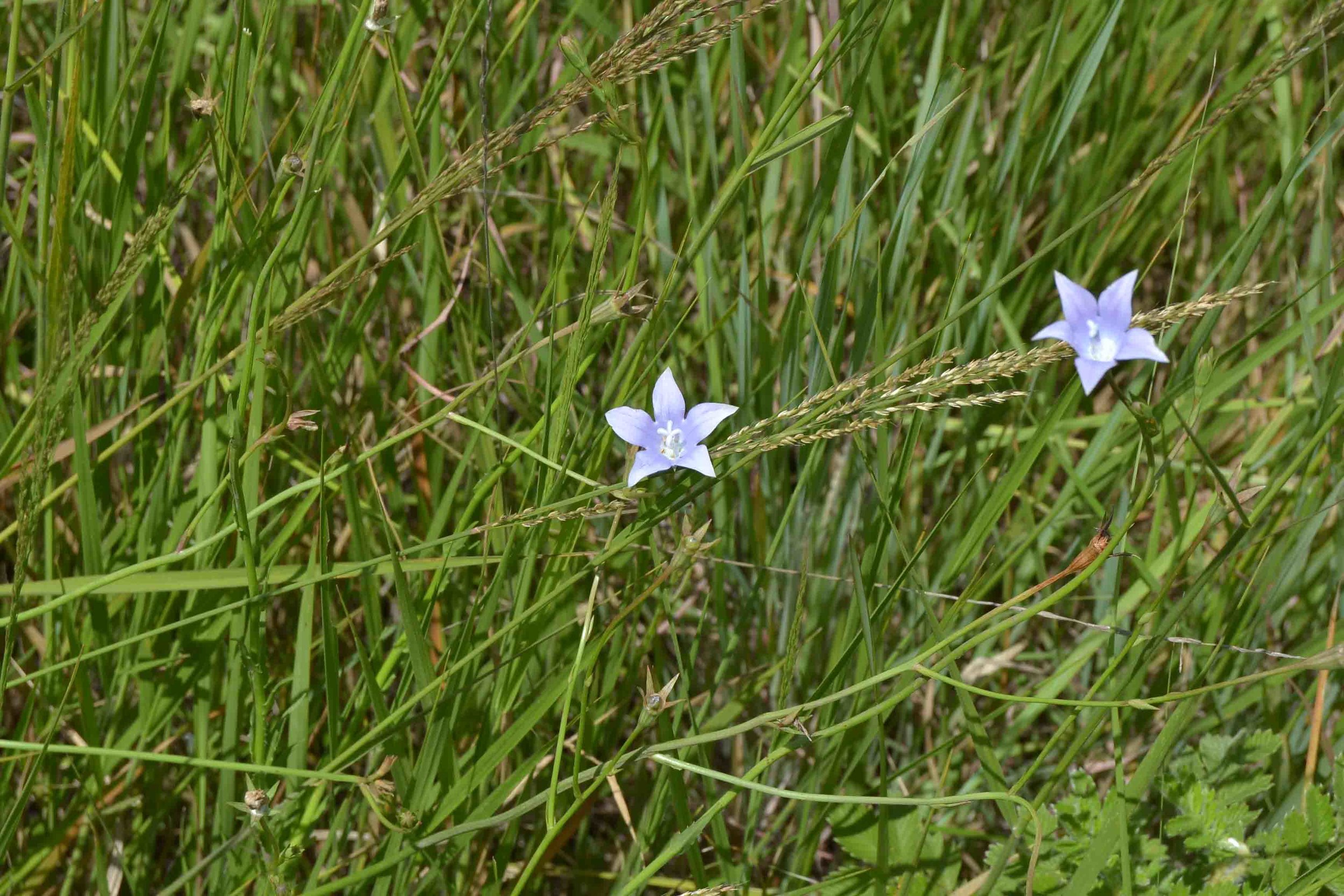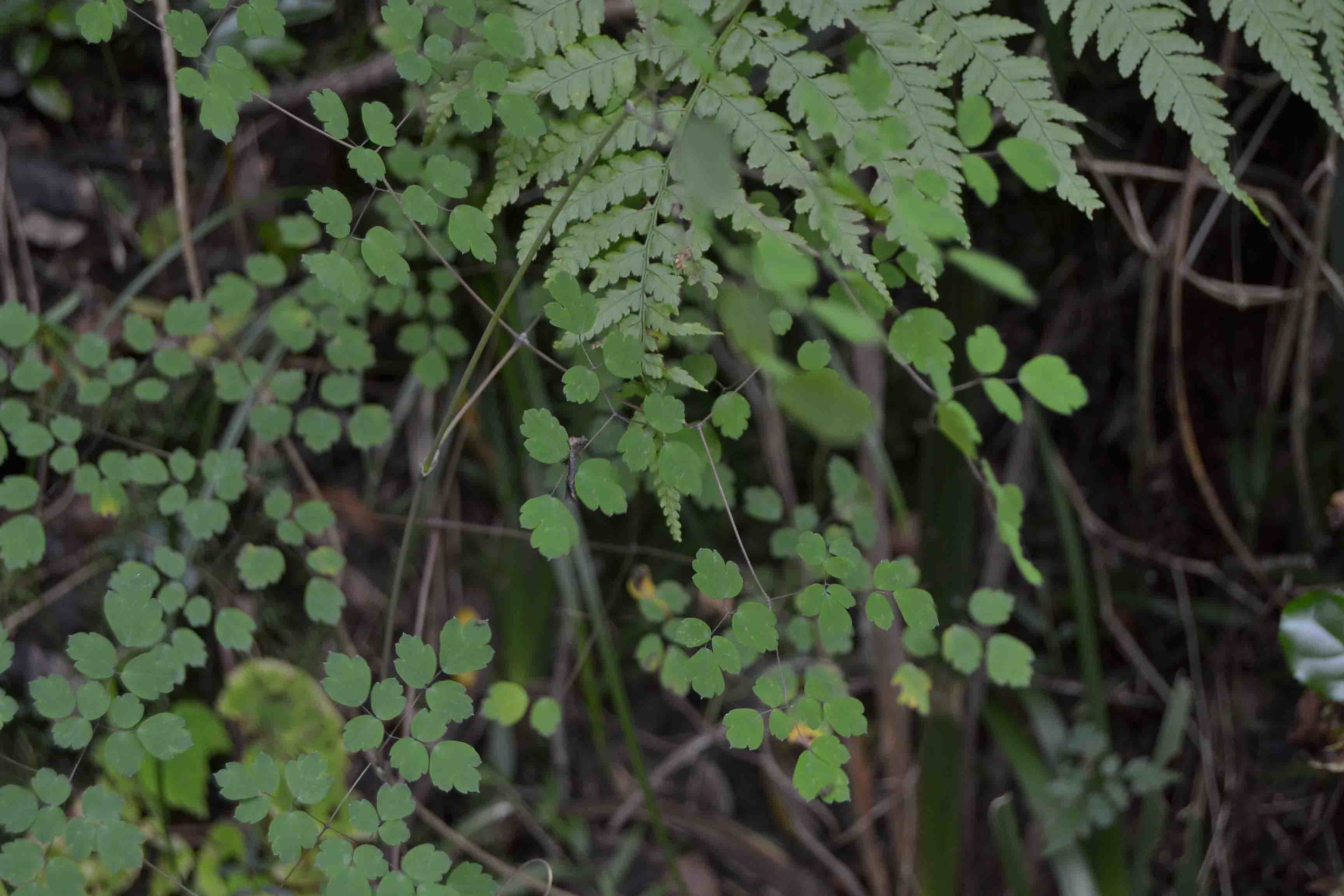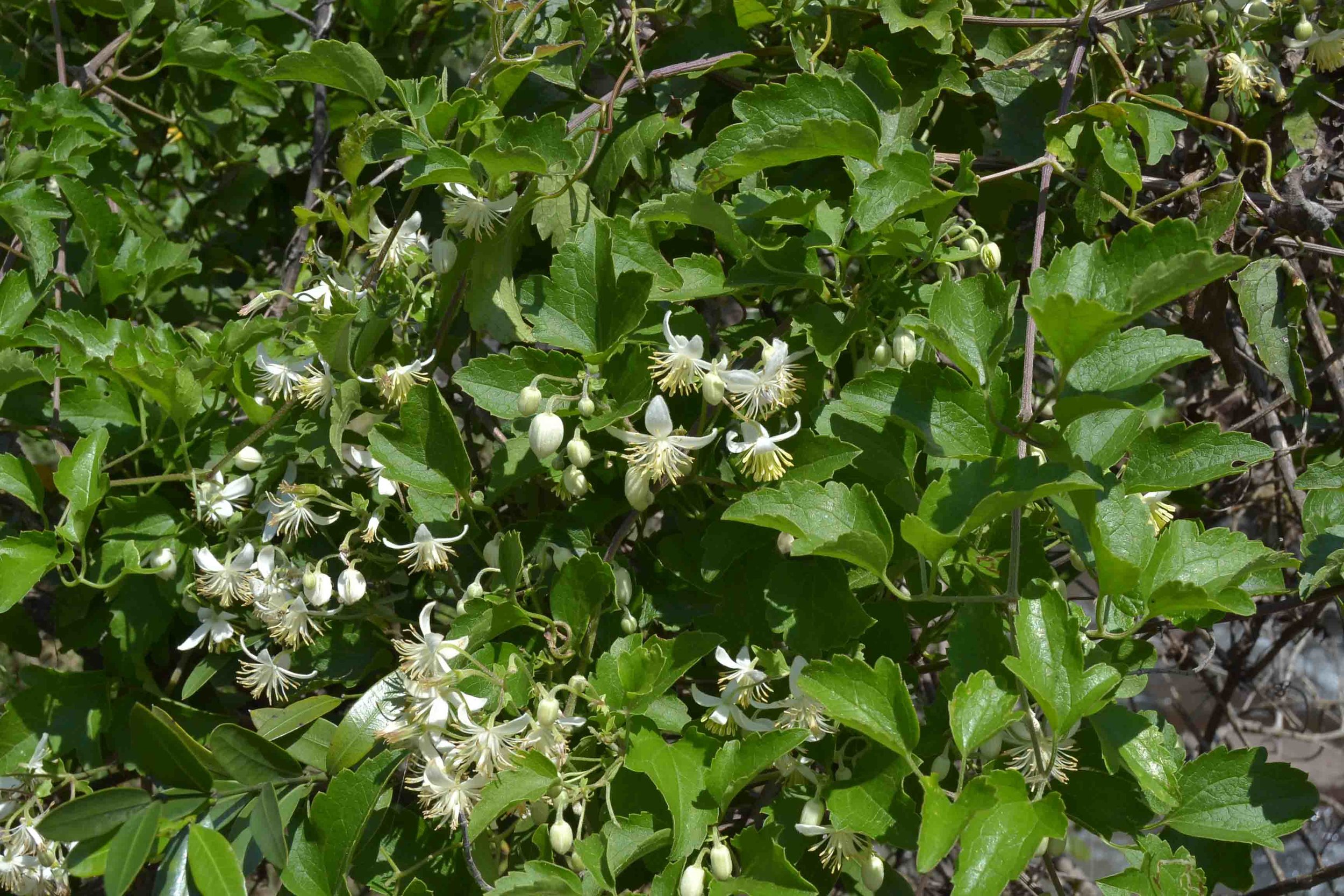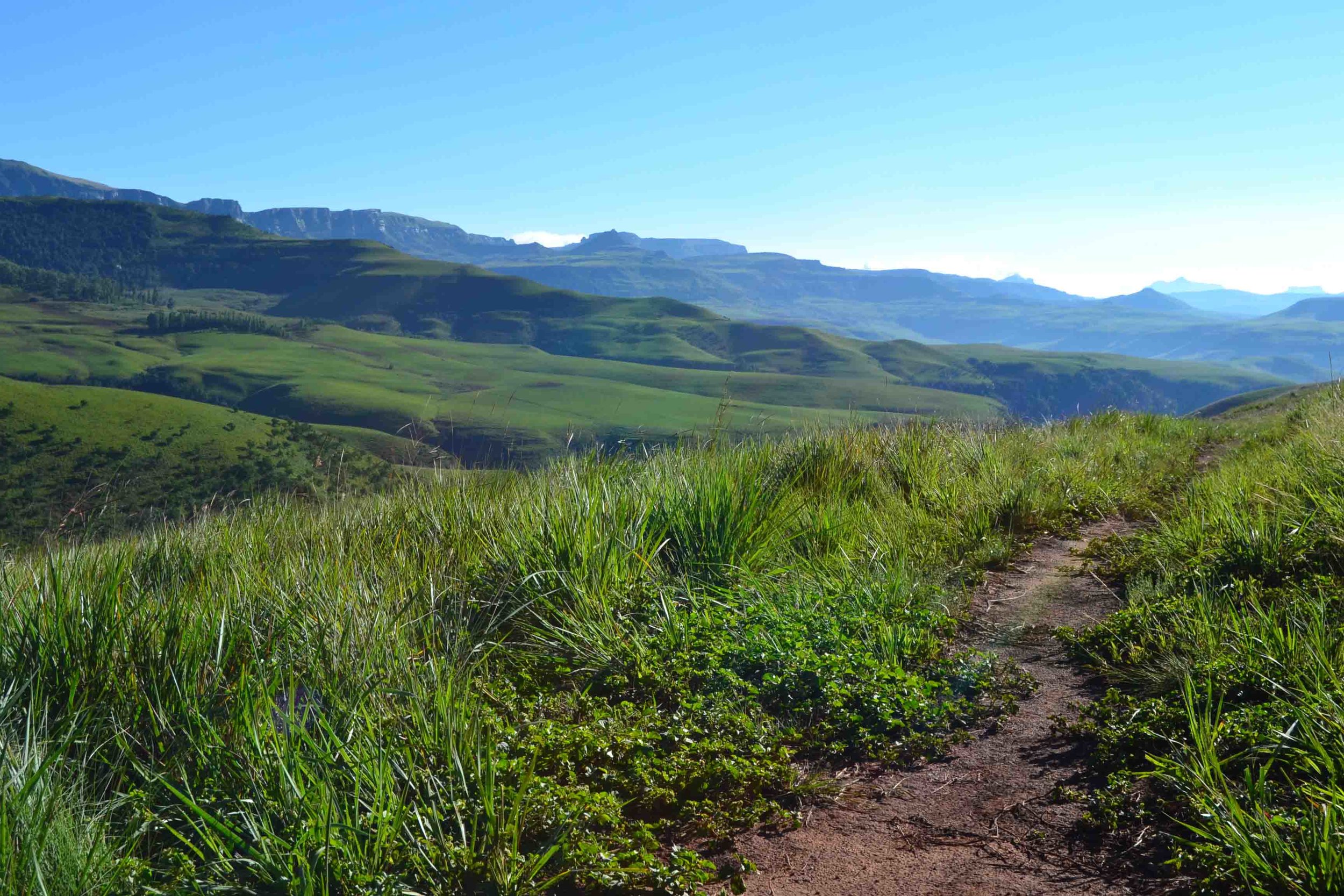Water Lilies on a Pond at the Lowveld Botanical Gardens
The Lowveld Botanical Gardens, located at the confluence of the Nel and Crocodile Rivers in Mbombela (previously Nelspruit) Mpumalanga, has a special place in my heart. I grew up in Nelspruit and the indigenous trees and shrubs of the bushveld evokes a comforting nostalgia. When I think of the Lowveld images of Paperbarks, Euphorbias, Aloes, Kiaat and Lowveld Chestnut trees (to name a few) come to mind. My love for nature and indigenous plants has grown as a direct result of the influence of growing up surrounded by the natural beauty the Lowveld. I guess this was one of the reasons I chose to have my wedding photographs taken in the Botanical Gardens and fondly remember walking along the draw bridge to the restaurant where the reception was held.
Nelspruit Waterfall / Cascades
The Lowveld Botanical Gardens boasts a beautiful display of inviting green spaces, impressive trees and amazing cycads. The Garden hosts concerts, wild flower shows, art shows, and plant sales while weddings, baby showers and other events can be celebrated at the Red Leaf Fig Tea Garden. A children’s playground provides opportunities for families to relax and the kids to have fun with an added educational element.
Playground at the Lowveld Botanical Gardens, near the Tea Garden
Red Leaf Fig Tea Garden
The Garden is home to the largest man-made African Rainforest in an area of approximately 5 hectares along the Crocodile River. It is said to have the largest collection of South African cycads (and fig trees), more than 700 tree species and more than 3000 plant species in cultivation.
Large areas of Lawn with Cycads and Trees
“Genesis of a Garden, Lowveld Botanical Garden 1969-1981” is a book written by Elise Buitendag who was involved from the inception of the gardens and worked there during it’s first twelve years of establishment. The beautiful coffee table book includes historical information, photographs, personal memoirs and stunning botanical artworks by the author.
Elise Buitendag is a qualified botanist and acknowledged as one of South Africa’s professional botanical artists having authored and illustrated several publications. Her paintings are mainly inspired by the wonder of plants, as encountered daily in the Lowveld bush and in her garden.
“The area donated by both the town council and HL Hall & Sons had a dramatic beauty, with its roaring cascades and rugged landscape, but was considered by many as unsuitable, primarily because of the Y-shaped junction of the Crocodile and Nels River which would divide the garden into three distinct sections. To create a garden in such a diverse and fragmented terrain seemed a very ambitious undertaking.” (Page 9)
“Another tree, the huge fever-tree at the lapa has gained monumental stature and has become an icon in the garden. This tree was grown from seed sown in 1973. I remember how the lanky little seedling grew so rapidly that it couldn’t support itself and had to be tied to a pole to keep it upright. Today everyone who loves the Garden takes pleasure in this beautiful lemon-yellow to lime-green giant.” (Page 161)
Buitendag’s book is a wonderful depiction of the Garden’s history and looks at the Place, the Plants and the People. The beautiful artworks create a visual experience for the reader that strongly evokes the sense of place that this special garden holds.
Elise Buitendag Artwork in her Book “Genesis of a Garden”
For more information please visit: https://www.sanbi.org/gardens/lowveld/




